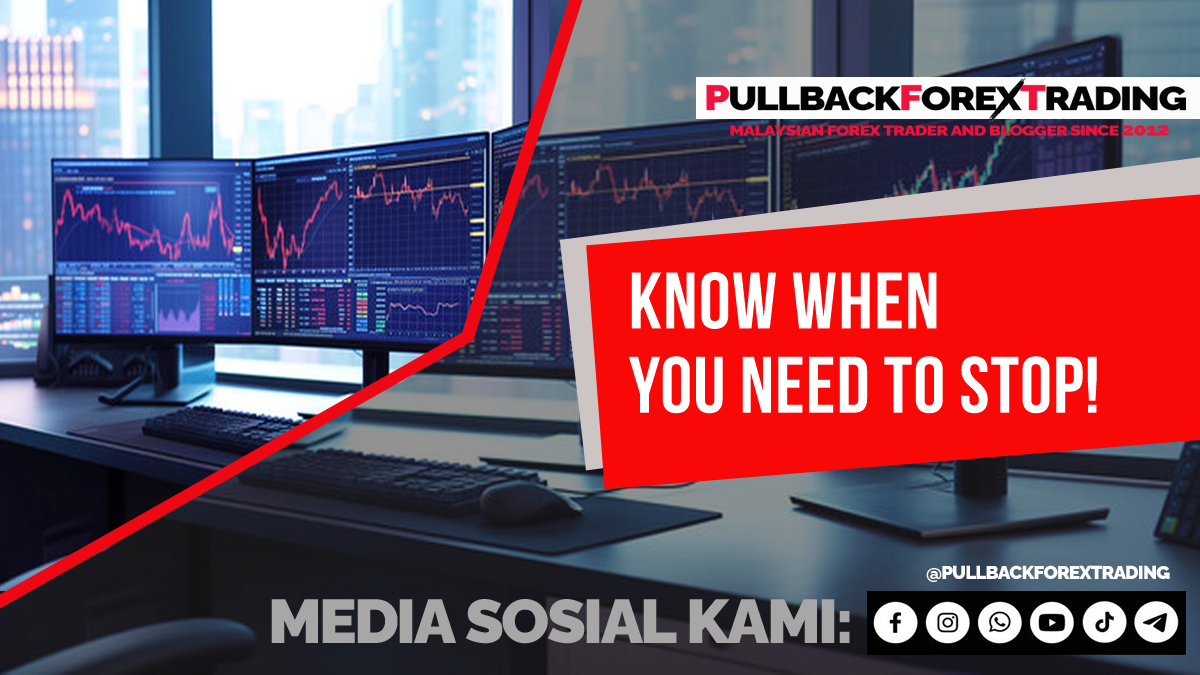
Knowing When to Stop Trading: The Key to Long-Term Success
Many traders focus on entry strategies and risk management but overlook one crucial aspect of successful trading—knowing when to stop. Continuing to trade when conditions are unfavorable or when emotions take control can quickly turn a winning streak into losses. Just like in business, where stopping at the right time prevents unnecessary losses, traders must also develop the discipline to step back when needed.
Why Stopping Is Essential in Trading
Stopping is not about quitting; it’s about protecting your capital, maintaining a healthy mindset, and ensuring consistent profitability. Here are key reasons why knowing when to stop is crucial:
- Preserving Profits – After making a good profit, it’s tempting to continue trading, but the more you trade, the higher the risk of giving back those gains.
- Avoiding Revenge Trading – Emotional trading after a loss leads to impulsive decisions, often resulting in even bigger losses.
- Preventing Overtrading – Trading too frequently without quality setups can drain both capital and mental energy.
- Recognizing Market Conditions – Sometimes, the market is too choppy or unpredictable. Knowing when to step back can prevent unnecessary drawdowns.
When Should You Stop Trading?
Understanding when to step away from the market can save your account from significant losses. Here are specific situations where stopping is the best option:
- After Hitting Your Profit Target – If you’ve already met your profit goal for the day or week, continuing to trade increases the risk of unnecessary losses.
- After Consecutive Losses – If you hit your maximum risk limit for the day (e.g., 2% account loss), it’s best to stop and reassess rather than try to recover losses immediately.
- When Emotions Take Over – If you feel frustrated, overly confident, or desperate to recover a loss, it’s a sign to walk away and regain control.
- When Market Conditions Are Unfavorable – If price action is erratic, liquidity is low, or major news events create unpredictable movements, it’s best to wait for better opportunities.
The Business Approach to Stopping
A successful business knows when to pause, reassess, and adjust its strategies. Traders should adopt the same mindset:
- Set Daily and Weekly Limits – Determine a daily profit and loss limit and stick to it.
- Review Performance – Take breaks to analyze your trades and identify areas for improvement.
- Prioritize Mental and Financial Health – Stepping away from the charts prevents burnout and allows for better decision-making.
Conclusion
Knowing when to stop trading is just as important as knowing when to enter a trade. It helps preserve profits, prevent unnecessary losses, and maintain a strong trading mindset. By treating Forex like a business and setting clear stopping rules, traders can achieve long-term success without falling into the traps of overtrading and emotional decision-making.



